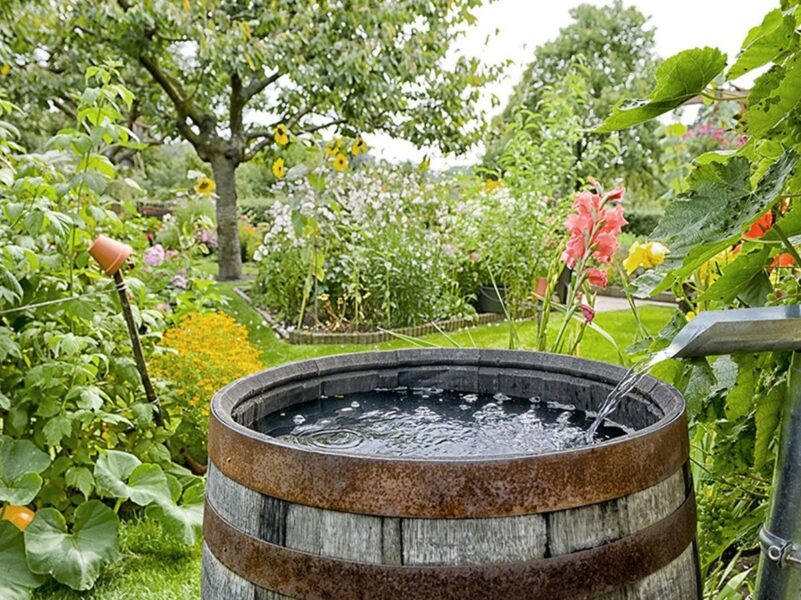
We frequently read news articles on the drastically decreasing groundwater levels in several regions of India. The issue is even worse at specific seasons of the year when water becomes limited throughout the whole nation. India has been the world's top consumer of groundwater for household, industrial, and agricultural uses throughout the years. Due to the growing population, the nation's water resources are under a lot of stress. To lessen our reliance on groundwater, we can make a few simple changes. To begin with, we might effectively store rainwater at our house or building without investing a lot of money.
What is rainwater harvesting?
Rainwater harvesting (RWH) is the practice of collecting and storing rainwater as opposed to letting it flow off. Rainwater is gathered from a surface that resembles a roof and directed to a container with percolation, such as a tank, cistern, deep pit (well, shaft, or borehole), aquifer, or reservoir where it seeps down and replenishes the ground water table.
In what ways can we use rainwater?
- Watering a garden
- Adding water to the pool
- vehicle cleaning
- used for cooking, drinking, etc.
- recharging aquifers of groundwater
Here are a few easy steps you may take to start collecting rainwater at your house or other structure:
1. Clean your catchment area
This is the area where the majority of the rainfall collects . To stop dirt or other unwanted things from polluting the water, you must first clean your roof or catchment area. Rooftop rainwater harvesting has been one of the most popular solutions in India throughout time due to how simple it is to implement.
2. Install a Rain barrel
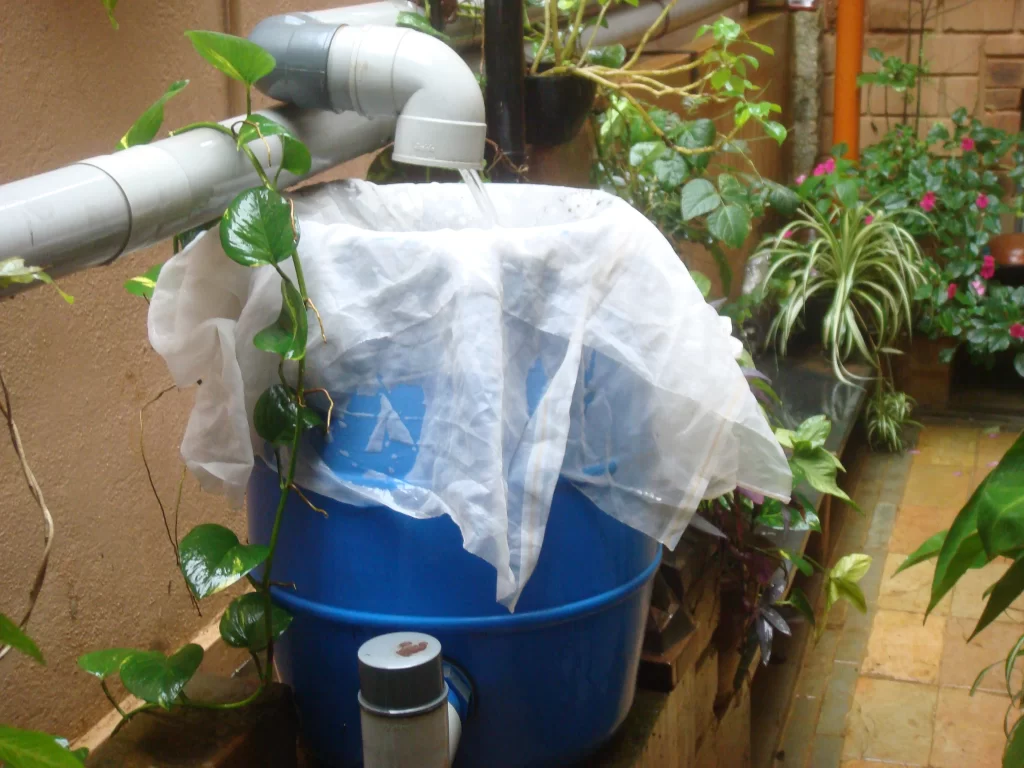
The simplest way to collect rainwater is with a rain barrel. you can create it from a huge garbage can or an old drum. The barrel connected to a pipe that is designed to collect rainfall from the roof and verandah at home. Attach a tight-fitting cap to the barrel and shield the ends of the drains that go into them to stop them from producing mosquitoes. You can also add a spoonful of vegetable oil to the rainwater that has been saved. By depriving larvae of oxygen, it covers the water's surface and destroys aquatic life.
3. Create a rainwater garden
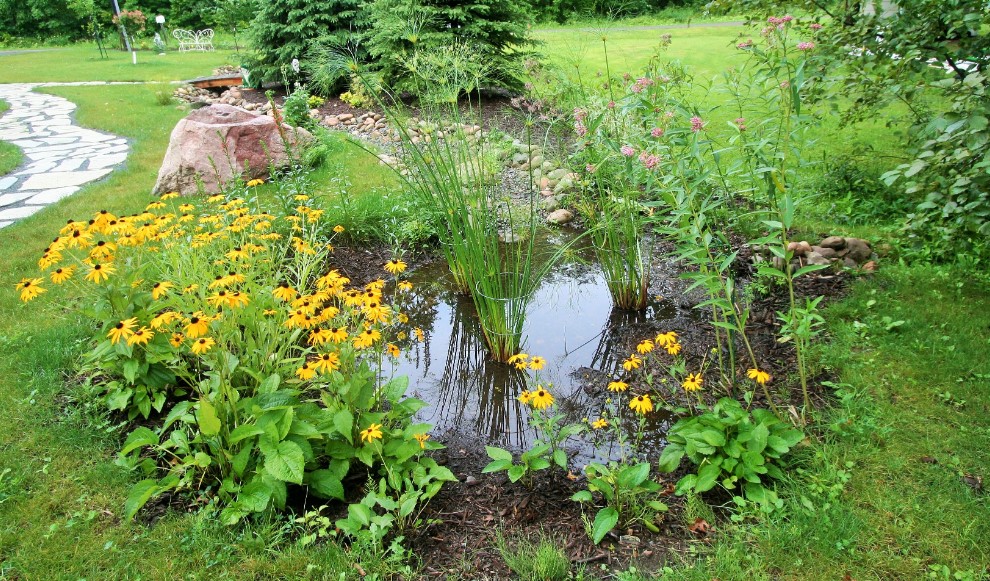
A rain garden is a landscape with a sunken area that combines native plants, regional soil, and mulch to filter water and enable it to seep into the earth. It's simple to make, attractive all year long, and excellent for the environment. Click here to learn how to create a rain garden in your own backyard is shown.
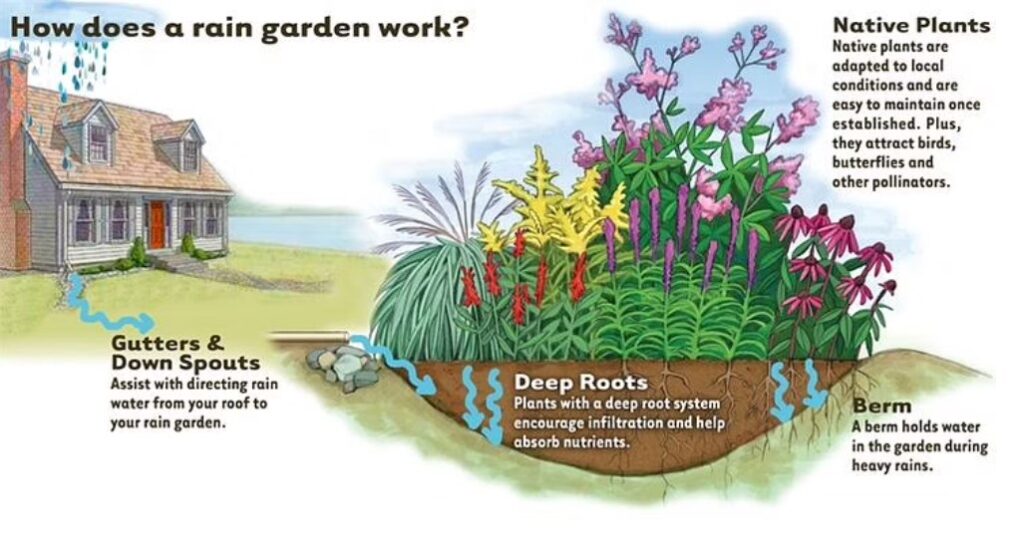
4. Make your own DIY Rainchain
Rain chains are a more appealing alternative to traditional PVC (polyvinyl chloride) pipe downspouts since they are not only elegant and easy to create with minimal tools and supplies. By moving rainwater from the collecting pipe downhill to a drain or to a storage container, these pleasant, stylish, and environmentally responsible additions aid in preventing runoff. Find out how to make a DIY rain chain here, then choose the design that would look best in your house!
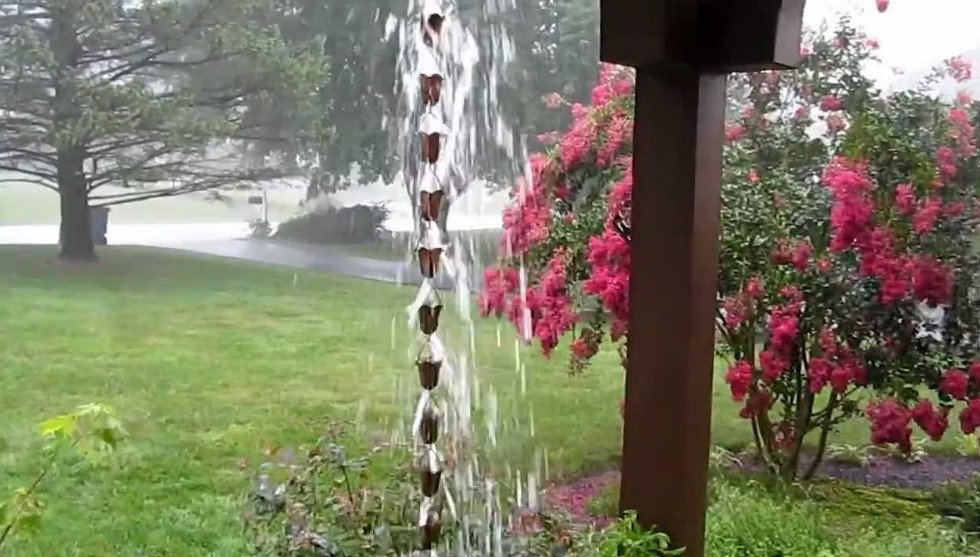
5. Naturally recharge your wells and borewells
Rooftop runoff is sent through pipelines with a filter at the end to open wells to restock subsurface aquifers. This concept served as the foundation for the Thrissur "Mazhapolima" (bounty of rain) Recharge Project. As a result, today's well water has less salt, turbidity, and colour, in addition to being abundant in the summer.
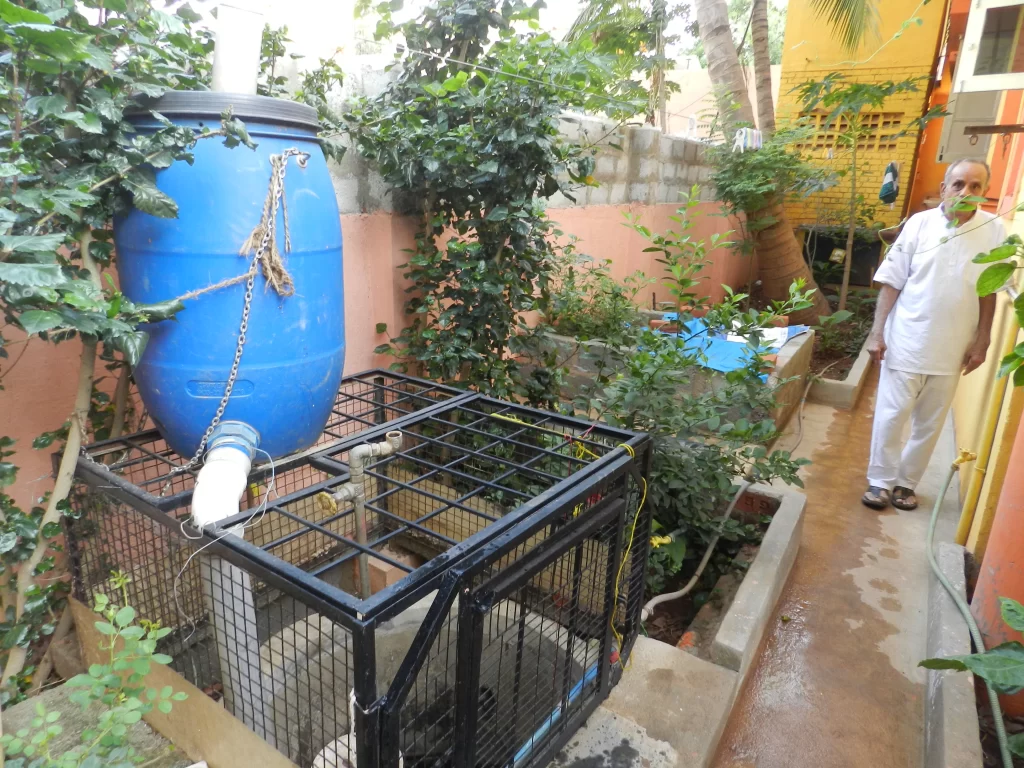
A borewell recharge pit is also a smart idea since it forces surface water back into the groundwater system. A recharge pit typically has a perforated concrete ring interior and is one metre in diameter and six metres deep. Hence the groundwater table is raised by these openings, which allow filtered and desilted water to seep from the sidewalls.
You may also like: What to grow in your terrace Garden in India
6. Set up a slash back
A splash block is an excellent technique to direct rainwater away from the base of the building. It is a roughly rectangular-shaped piece of concrete or plastic that is positioned below the gutter that collects rainwater from a house's roof when it rains. In addition to absorbing the power of the water being redirected from the roof, it also stops holes from being excavated in the garden as a result of the water's erosional force. Here's a guide on how to create one.
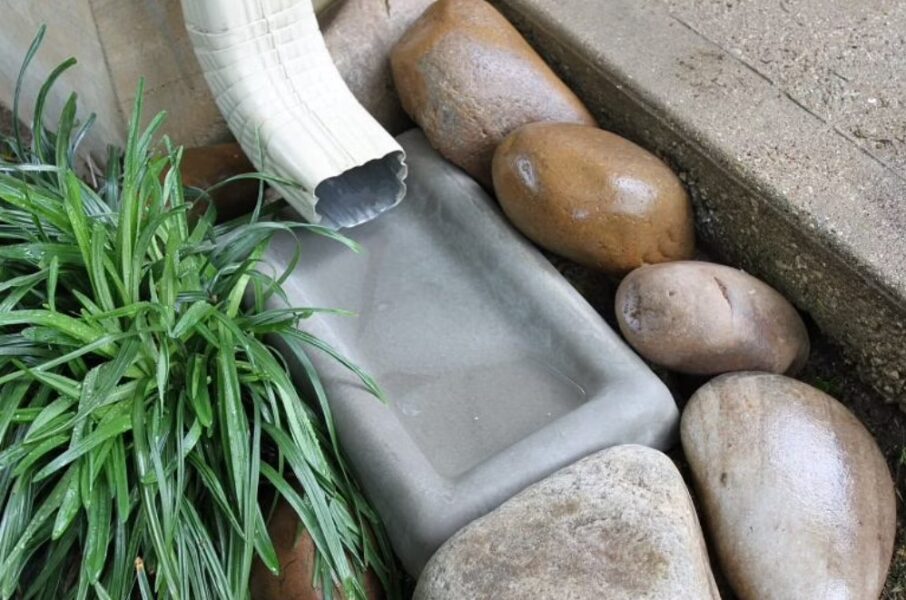
Rregardless of how the roof slopes or is level, rainwater can be directed to flow via a pipe and into a sump or tank for storage,. Before being kept in tanks for rainwater gathering (RWH), this water can be filtered to remove the bigger particles. The consumption of subsurface water can be reduced by using rainfall that has been collected. This is a win-win situation for the economy and the environment. As it also aids in energy conservation and lowers energy costs.
Click here to learn more about the many RWH systems for various home kinds, as advised by the government. You can also visit a Rainwater unit/center in your city. At these locations, engineers offer a basic rainwater harvesting design consultation free of charge. Your dwellings will be ready to hold the material that is the lifeblood of human existence itself this time when it rains.
Hi Better Earthlings, Got any sustainable stories to share?
Write to us: aradhya@thebetterearthlings.com






